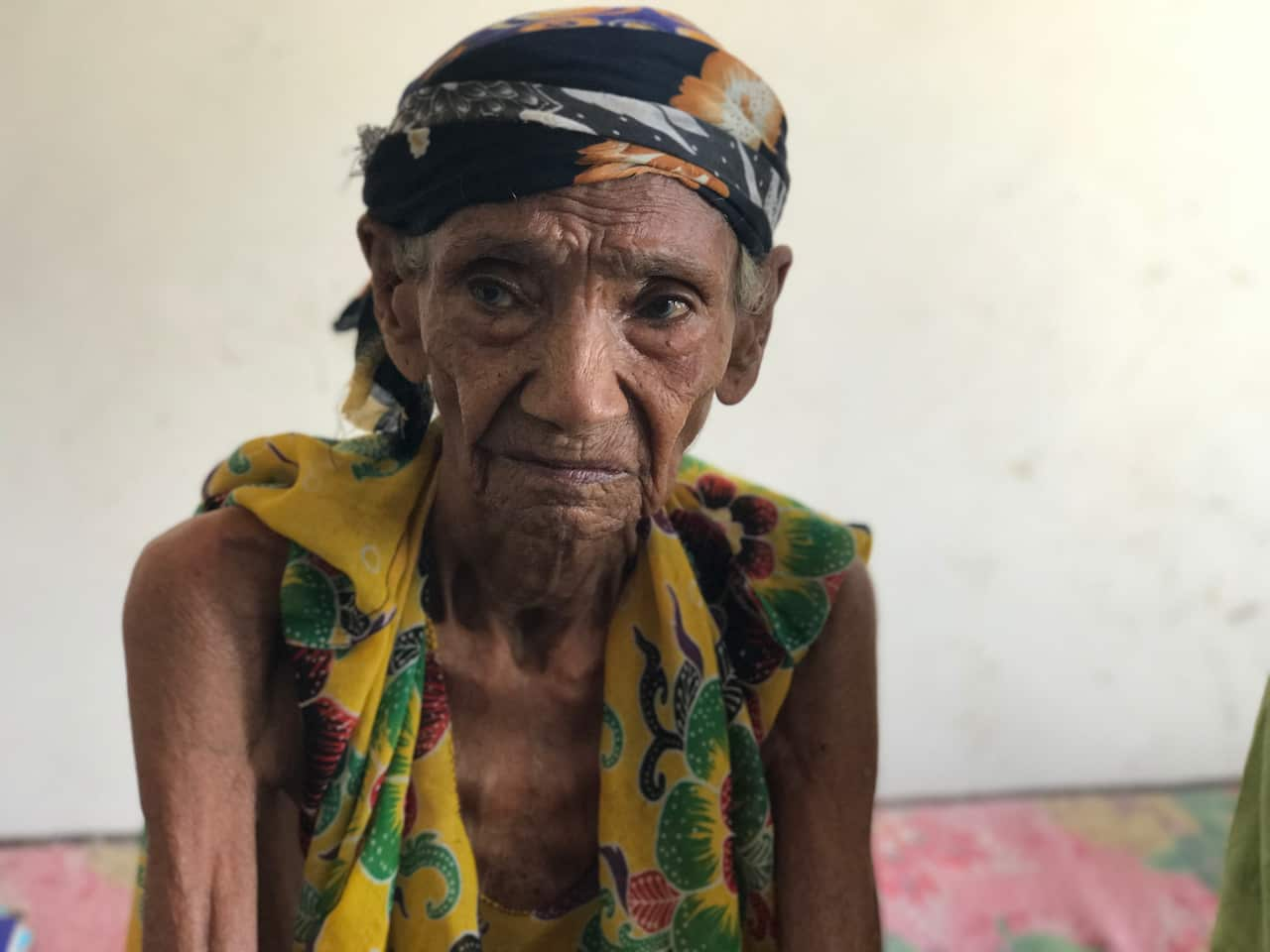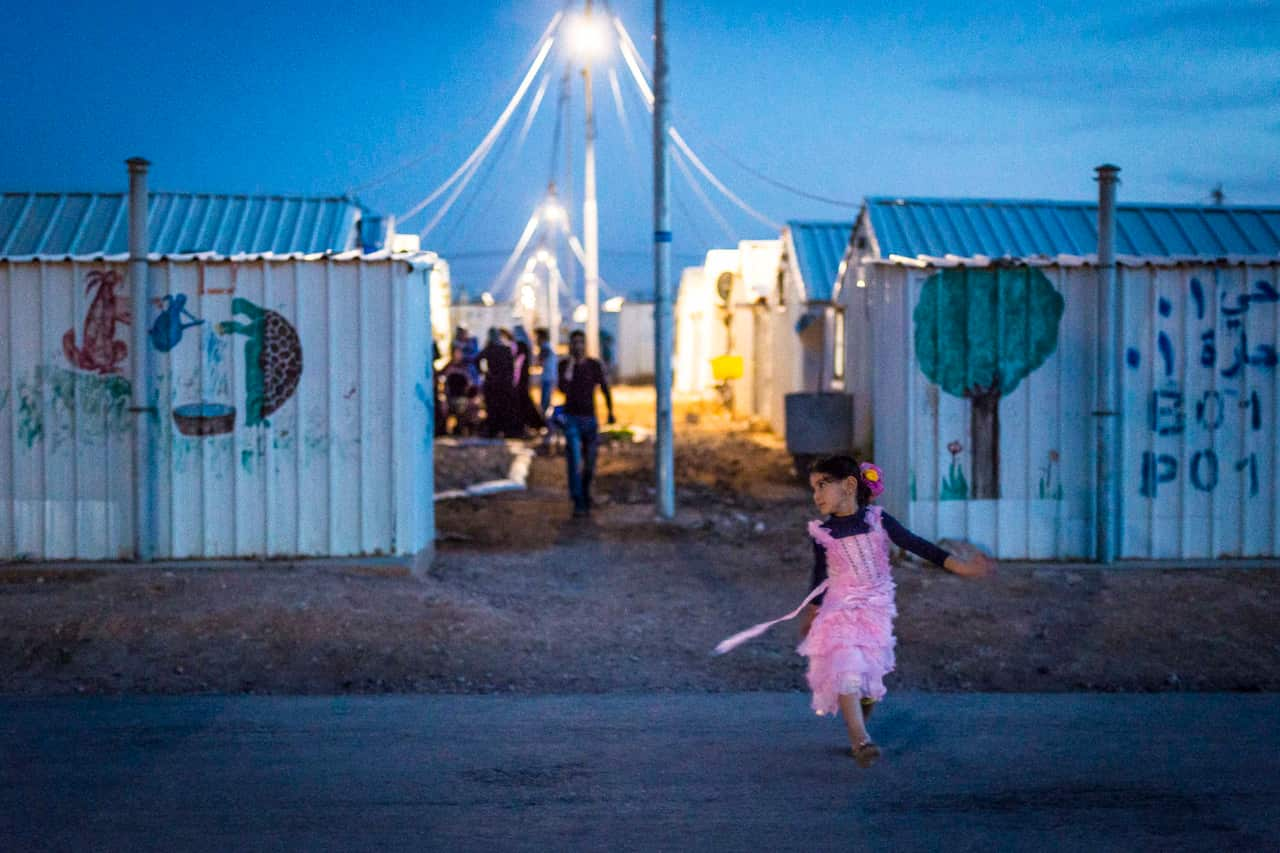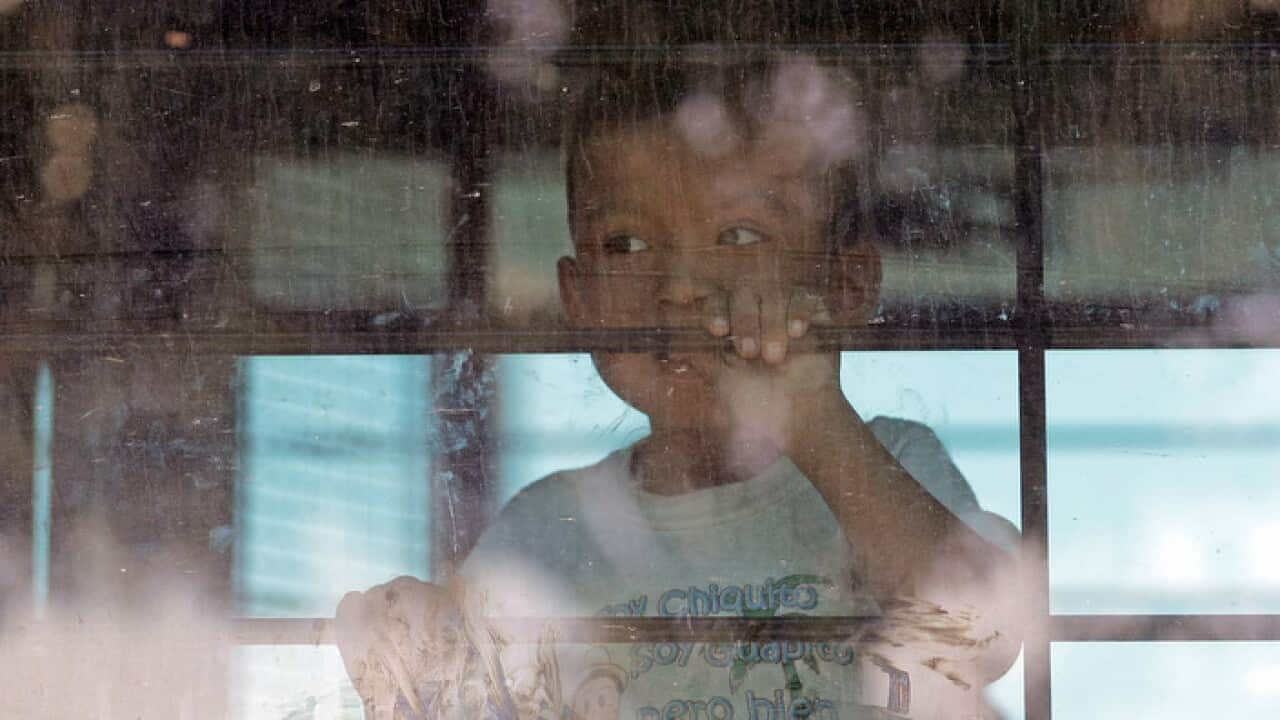The international According to the UN Refugee Agency latest annual Global Trends report released this week, there are 65.6 million displaced people in the world today: some 300,000 more than a year earlier. This includes 22.5 million refugees, which according to UNHCR is the highest number ever seen.
Compare these figures to past resettlement statistics and the difference between the two numbers is glaring. In 2015, just 107,000 refugees were officially resettled in another country. Most live in camps in countries like Turkey, Pakistan, Lebanon, Iran, Ethiopia and Jordan.
When a family has lost everything shelter is the first step towards recovery, protection, security and some semblance of ‘home’.
Without first-hand experience to understand what it’s like to flee your home or exist inside a refugee camp, it’s almost impossible for non-refugees to truly comprehend the personal highs and lows encountered.
So SBS worked with Australia for UNHCR, the UN Refugee Agency's national partner in Australia, to bridge this gap in experience, to move some way towards a stronger, more informed realisation about what life is really like as a refugee, around the world.
The photos below were provided to SBS by UNHCR, as were the stories and descriptions accompanying them. They utilise UNHCR’s on the ground access into humanitarian crisis situations and camps across the world, providing readers with 11 small glimpses into the experiences of the world's refugees.
Iraq

Iraqi families displaced by fighting in the village of Shora, 25 km south of Mosul, reach an Iraqi army checkpoint on the northern outskirts of Qayyarah. From here they will be taken to one of Iraq’s numerous displacement camps. The thick black smoke is from oil wells set ablaze by retreating militants. (Photo: UNHCR). Source: UNHCR
Photo above: UNHCR says that since the north of the country fell under the control of militant extremist groups in 2014, over 3 million Iraqis have been forced to abandon their homes as they flee mass executions, systematic enslavement, torture, rape, and other atrocities.
Naomi Steer, national director of Australia for UNHCR, tells SBS about the agency's recent Mosul response.
"[UNHCR] led a huge logistical operation in anticipation of the hundreds of thousands of people expected to flee," says Steer. "Entire camps were established in just days, with shelter, water and sanitation, and essential relief items, such as bedding and cooking sets, for each family as they arrived.” Photo above: UNHCR opened Hasansham U2 in northern Iraq in early-May 2017. It is the 12th camp to be built in response to the ongoing violence, and can accommodate more than 9,000 people when fully occupied. Each family receives a tent, blankets, mats, a cooker, jerry cans, plastic sheeting and a kitchen set when they arrive.
Photo above: UNHCR opened Hasansham U2 in northern Iraq in early-May 2017. It is the 12th camp to be built in response to the ongoing violence, and can accommodate more than 9,000 people when fully occupied. Each family receives a tent, blankets, mats, a cooker, jerry cans, plastic sheeting and a kitchen set when they arrive.

Families fleeing militant extremist groups and heavy bombing in western Mosul collect their tents and emergency kits upon arrival at Hasansham U2 displacement camp in northern Iraq. (Photo: UNHCR) Source: UNHCR
More than 630,000 people have been displaced from Mosul alone since October 2016.
“When a family has lost everything shelter is the first step towards recovery, protection, security and some semblance of ‘home’."
Northern Nigeria

Nigerian refugee schoolgirls in in Minawao refugee camp, Cameroon, rehearse a parade to honour the visit of UNHCR High Commissioner, Filippo Grandi. (Photo: UNHCR) Source: UNHCR
Photo above: Northern Nigeria has experienced conflict since 2013, with towns and villages attacked by Boko Haram militia. Thousands of men, women and children have been killed or kidnapped. Over 2 million people are displaced, having fled their homes to escape the incursions.
As families arrive in Chad, Niger and Cameroon, they rely on UNHCR for emergency assistance including shelter, water, food, medicine and counselling.
“Protecting young girls is a major focus for our programs," Steer tells SBS. "It’s about keeping them safe from threats such as sexual violence, and about education and livelihoods training to empower them to realise their full potential.”
Central African Republic (CAR)

A group of new arrivals, mainly women and children, arrive in southern Chad escaping violence in the north-west of Central African Republic (CAR). (Photo: UNHCR) Source: UNHCR
UNHCR is providing emergency shelter and services in the refugee camps, as well as distributing essential relief items to thousands of displaced people sheltering in churches, mosques and airports inside CAR.
“I’ve been on the borders and seen people arriving after running from their lives," says Sheer. "They have often been the road for weeks before they reach safety, and arrive exhausted.”
Syria

Two Syrian boys rest beside a cart they use to carry water back to their home in east Aleppo. UNHCR and other organisations are distributing crucial relief items to some 400,000 internally displaced people throughout the city. (Photo: UNHCR) Source: UNHCR
There are 6.5 million people, including 2.8 million children, displaced within Syria – this is the biggest internally displaced population in the world. Since 2011, 50 Syrian families have been displaced every hour of every day.
“The recommended minimum water supply in an emergency is 15 litres per person per day," she says, "but often it can fall below 10 litres a day. In refugee situations clean drinking water is precious.”
Uganda

A South Sudanese refugee shows off a sprout of maze planted at Nymanzi refugee settlement in Northern Uganda. (Photo: UNHCR) Source: UNHCR
UNHCR believe that since violence broke out in South Sudan in 2013, more than 1.8 million people have fled to neighbouring countries; Uganda hosts over 1.25 million of these refugees. Photo above: “When I speak to refugees their number one priority is security," says Steer. "The second one is education - it’s something that can never be taken away from you. I met these girls in Uganda and they were so full of life and eager to learn, despite the many challenges they faced.”
Photo above: “When I speak to refugees their number one priority is security," says Steer. "The second one is education - it’s something that can never be taken away from you. I met these girls in Uganda and they were so full of life and eager to learn, despite the many challenges they faced.” Photo above: Income-generating activities are being promoted and assisted by UNHCR through its partner organisations. Steer estimates that of the 1.25 million South Sudanese refugees in Uganda, 62 per cent are children.
Photo above: Income-generating activities are being promoted and assisted by UNHCR through its partner organisations. Steer estimates that of the 1.25 million South Sudanese refugees in Uganda, 62 per cent are children.

Refugee children from South Sudan attend school in Kyaka II settlement, in Uganda. They are looking forward to attending the vocational training centre Australia for UNHCR is building nearby. (Photo: UNHCR) Source: UNHCR

A South Sudanese woman mends a shirt for a customer at a market in Nymanzi refugee settlement in Northern Uganda. (Photo: UNHCR) Source: UNHCR
Yemen

Alawiya Mohammed Maree is over 100 years old. She lives in an unused building, or collective centre, hosting multiple families in Hudaydah City in Yemen. Alawiya and her family were displaced after a bomb destroyed their family home. (Photo: UNHCR) Source: UNHCR
“The conflict in Yemen has left nearly 19 million people in need of humanitarian assistance,” explains Steer.
UNHCR provides essential items such as mattresses, blankets, sleeping mats, kitchen sets, and buckets to people in all 20 governorates affected by the conflict. UNHCR shelter kits help families repair damaged homes, and the agency has refurbished public buildings that now host displaced families.
UNHCR also continues to assist some 280,000 refugees, mainly from the Horn of Africa, who remain in Yemen despite the conflict.
Tanzania

Burundi refugee mother carries her baby while she farms the plot of land that belongs to their shelter in the UNHCR refugee camp Nduta in the Kigoma district Tanzania. (Photo: UNHCR) Source: UNHCR
Jordan

After two years of darkness, residents of Azraq refugee camp in Jordan now have light, thanks to IKEA’s Brighter Lives for Refugees campaign. (Photo: UNHCR) Source: UNHCR
Jordan hosts 660,000 of the 5 million Syrian refugees who have fled the war.
airs over three consecutive nights, October 2 – 4, 8.30pm, LIVE on SBS Australia and streaming live at SBS On Demand.
Join the conversation #GoBackLive





